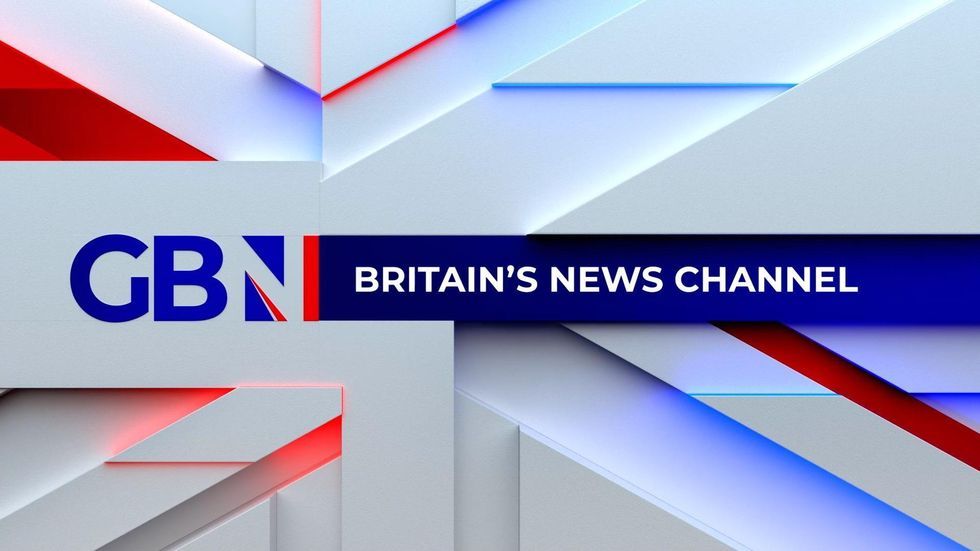Don't Miss
Most Read
Trending on GB News
A “non-visible” style of policing was adopted for a Black Lives Matter march in Bristol that saw demonstrators rip down the statue of slave trader Edward Colston, a court has heard.
The bronze memorial to the 17th century merchant was pulled down on June 7 last year during a protest triggered by the killing of George Floyd in the US, and later dumped in Bristol Harbour.
Rhian Graham, 30, Milo Ponsford, 26, Jake Skuse, 33, and Sage Willoughby, 22, are on trial at Bristol Crown Court accused of criminal damage.
On Tuesday, the court heard that Avon and Somerset Police had opted for a “non-visible style of community policing” for the event.
In a statement read to the court, Pc Julie Heyward – a member of the protest liaison team (PLT) – said the event had initially been friendly, but descended into “mass hysteria” when the statue was felled.
“The PLT’s role was to engage with the organiser and her helpers to ensure the initial meet and speeches at College Green went without a hitch, liaise with her and ensure the subsequent march was safe and without issues,” she said.
Pc Heyward said that only the PLT officers, mounted police and local neighbourhood teams were visible.
“Other officers were on duty but held away from the immediate area,” she said.
She said that the organiser had placed an emphasis on social distancing and was happy with the minimal police presence.
Pc Heyward said despite the size of the crowd, which was around 10,000 strong, “the atmosphere was friendly and engaging”.
She added: “It was very much a community event with an emphasis on coming together to make a change for black lives.”
Pc Heyward said that when she had seen a group congregating around the statue, climbing on it and passing ropes around it, she had radio her commanding officer to inform them.
Police began monitoring the situation via council CCTV cameras, while she switched on her body-worn camera.
“(The crowd) weren’t hostile towards us, but the whole atmosphere changed,” she said.
“There were chants of ‘pull it down, pull it down’ from the protesters.”
“(The statue) fell very quickly, it didn’t appear to be bolted to the plinth which surprised me,” she said
“The crowd were bordering on mass hysteria, celebrating and jumping on the broken statue on the floor.”
Once the statue had been toppled, she informed her commander and carried on policing the remainder of the protest.
The statue was recovered from the harbour a few days after the protest and is now on display at the M Shed museum.
The four defendants were tracked down by CCTV.
When interviewed by police, Graham confirmed it was her in the footage and said the statue had caused “massive offence” to the people of Bristol, who had campaigned for it to be removed.
“I accept that I helped cause the damage to the statue but whether it is criminal or not, I think, is up for debate,” she said.
The court heard that Willoughby told police he had tied ropes around the statue’s neck, but he did not pull down the statue or push it in the harbour.
“He said that Colston statue has been petitioned for removal over 20 years and ignored by Bristol City Council,” Mr Hughes said.
“He helped cause the damage and did not have Bristol City Council’s permission to do so.”
Skuse and Ponsford made no comment to all questions when interviewed by police.
The trial, which is schedule to last for two weeks, continues.










